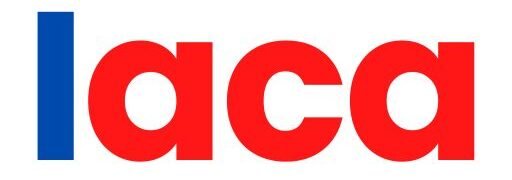The United States has opened applications for various temporary work visas in 2025, allowing foreign nationals to contribute to its workforce. These visas cater to skilled and unskilled workers across different industries. Below is an overview of the key visa categories available this year.
H-1B Visa: Specialty Occupations
The H-1B visa is designed for foreign professionals in specialized fields such as IT, engineering, and healthcare. Applicants must have at least a bachelor’s degree or its equivalent. The annual cap is set at 65,000 visas, with an additional 20,000 allocated for applicants holding U.S. advanced degrees.
Certain employers, including educational and research institutions, are exempt from this cap. The application process involves filing a Labor Condition Application (LCA) with the Department of Labor, followed by Form I-129 with the U.S. Citizenship and Immigration Services (USCIS). Once approved, applicants can apply for their visa at a U.S. consulate.
H-2A Visa: Temporary Agricultural Workers
The H-2A visa allows U.S. agricultural employers to hire foreign workers for seasonal farm work. Employers must first submit a job order to the State Workforce Agency, obtain a Temporary Labor Certification from the Department of Labor, and then file Form I-129 with USCIS. Approved workers can then apply for their visa at a U.S. consulate.
H-2B Visa: Temporary Non-Agricultural Workers
This visa is for seasonal labor shortages in industries such as hospitality, construction, and landscaping. The Biden administration recently announced an additional 64,716 H-2B visas for fiscal year 2025 to help meet labor demands. The application process is similar to the H-2A visa, requiring labor certification before filing with USCIS.
H-1B1 Visa: Specialty Occupations for Chile and Singapore Nationals
Under free trade agreements, the H-1B1 visa is available exclusively to Chilean and Singaporean nationals in specialty occupations. The annual cap is 1,400 visas for Chile and 5,400 for Singapore. These visas are separate from the general H-1B cap.
E-3 Visa: Specialty Occupations for Australian Nationals
The E-3 visa is specifically for Australian citizens in specialty occupations and has an annual limit of 10,500 visas. The application process is similar to that of the H-1B visa but with a separate cap for Australian nationals.
How to Apply
The application process generally requires a U.S. employer to file a petition and obtain the necessary labor certifications. Once USCIS approves the petition, the foreign worker applies for the visa at a U.S. consulate. Upon approval, they can enter the U.S. and begin working.
Conclusion
The 2025 U.S. temporary work visa programs provide numerous opportunities for foreign workers across various industries. To maximize their chances of approval, applicants should stay updated on requirements and deadlines.




